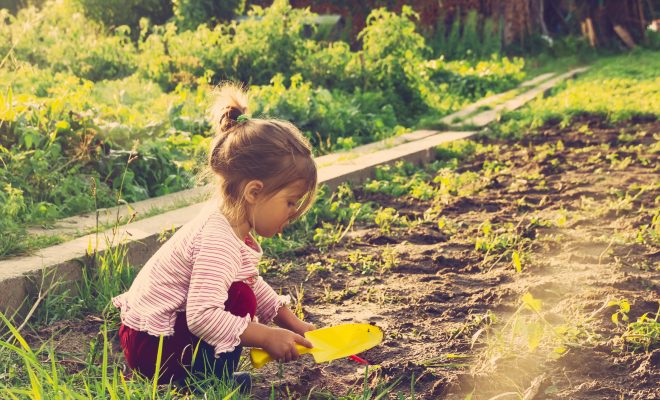
Childcare Activities
8 Budget-Friendly Outdoor Activities
8 Budget-Friendly Outdoor Activities
As we head into the warmer months, it’s time to start planning more outdoor activities. But with many parents and childcare settings feeling the pinch of the rising cost of living, it’s not always easy to come up with budget-friendly options. If you’re short on funds for new resources, we’ve put together some great ideas for getting your preschool children active outside at very little cost.
- Gardening projects
- Weather-related projects
- Hunting for things
- Obstacle/activity courses
- Feed the birds
- Window painting
- Large-scale creative projects
- Target games
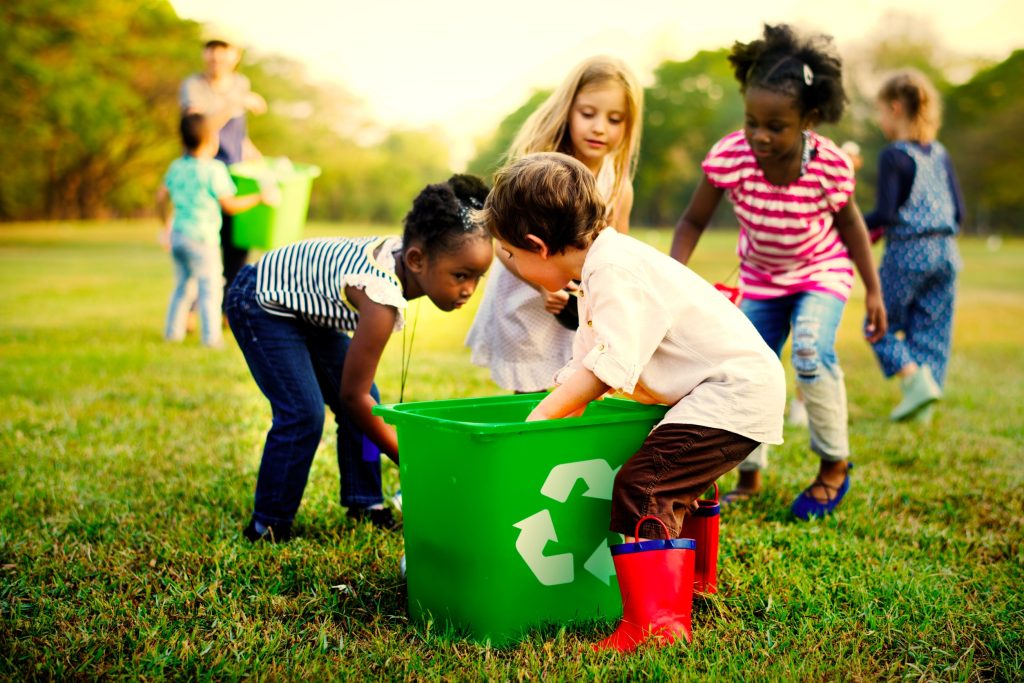
The benefits of outdoor activities
It’s important not to let a tight budget stand in the way of running high quality outdoor activities. There are so many benefits to getting children outside learning and playing:
- It’s good for their mental health – having a break from being inside promotes wellbeing, simply by providing a change of environment, a switch of pace and routine, fresh air and more space.
- It encourages physical activity – being outside prompts children to be less sedentary and more physically active. Fostering physical fitness from an early age is vital in the fight against childhood obesity.
- It helps them develop key skills – outdoor activities can help with the development of emotional and social skills such as independence, creativity, collaboration and problem solving, as well as fine and gross motor skills.
- It fosters a connection with the natural world – exploring their surroundings and the wildlife within encourages children to engage with the natural world. Making this connection in the early years is important not only for the planet but also for the child’s ongoing wellbeing.
Tips for cutting costs
It’s a good idea to keep a stash of materials that you can dip into for outdoor activities. Here are some cost-saving ways of building up supplies:
- Collect recycled materials such as packaging
- Ask others for their recycling too (make a list of specific things you need, eg cans, jars, boxes)
- Scour charity shops and car boot sales for bargains
- Ask local businesses for donations
Another tip is to always think about how you can extend activities to get the most out of your resources, for example creating a wildlife or vegetable garden can provide almost endless spin-off projects.
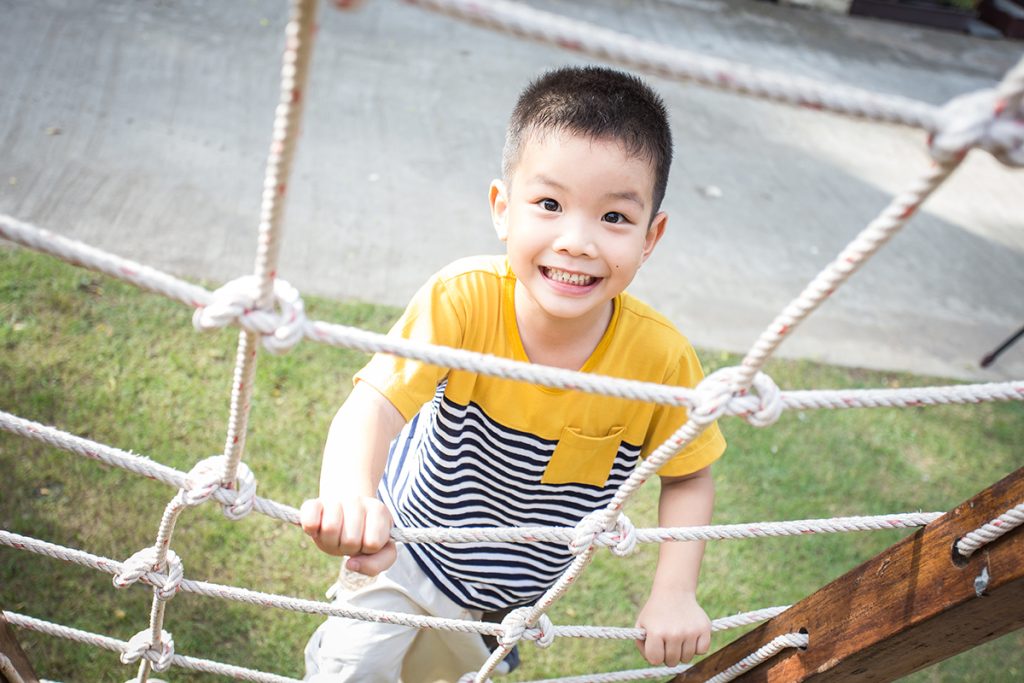
Ideas for outdoor activities
We’ve collected a range of projects to suit different interests and ages, give opportunities to develop different skills, and maximise the advantages of being outdoors – access to natural resources, open space and the freedom to create mess.
1. Gardening projects
There are various things you could try, depending on the space available and the type of plants you want to grow – from herbs in a window box to a small vegetable patch to a full-blown wildlife garden. Keep costs down by using upcycled containers (eg old wellies as pots, tyres as planters and colanders as hanging baskets), and ask your local garden centre, DIY shop, friends and neighbours to donate seeds, cuttings and tools. Get the children involved with planting, watering and caring for the garden.
2. Weather-related projects
Make the most of being outside and engage with the weather, whatever it’s doing. This could include making shadow drawings, rain gauges and wind chimes. On a really hot day get the children to paint on different surfaces with water, and see how long it takes to evaporate. On a changeable day, put large sheets of paper or plastic on the ground, splash them with different coloured paint, then see what happens when it rains. Use rainbows as inspiration for all kinds of artwork.
3. Hunting for things
Outside spaces open up scope for all kinds of exploration, for example minibeast hunts (looking for insects in various habitats), scavenger hunts (spotting and/or collecting a list of things, such as leaves) and treasure hunts (solving a series of clues to find a final prize). Although all of these types of hunt take time to set up, they don’t need much in the way of physical resources, apart from some sheets for ticking things off (these could be laminated so they can be wiped and reused).
4. Obstacle/activity courses
Be creative and see what kind of obstacle course you can make with objects you already have, such as skipping ropes, inflatables, balls, blocks, buckets etc, as well as recycled materials such as cardboard boxes. Use your outside space to spread out and really get the children moving as they go around the course carrying out different actions. An alternative idea to using actual obstacles is marking out a chalked activity course, using different colours, shapes and drawings.
5. Feed the birds
Encourage the children to learn about and care for our feathered friends by making bird feeders and baths. Hanging feeders can be made by filling containers (eg recycled pots, orange halves) with loose bird seed, or mixing seed and peanut butter into a paste to stick onto things like pine cones. Ask for seed donations to keep costs down. All kinds of objects can be upcycled into bird baths, from china bowls to metal bin lids – look online for some creative ideas. Once you’re attracting more bird life into your outside space, teach the children how to recognise and record them.
6. Window painting
This is a really fun activity that is much easier to do outdoors than indoors – you just need windows (or other glass panels) that are within reach of small children, and paint that will easily wash off. Let the children loose with their imaginations, or try putting up templates on the inside surface so that they can trace them from the other side (eg to help them learn numbers or letters).
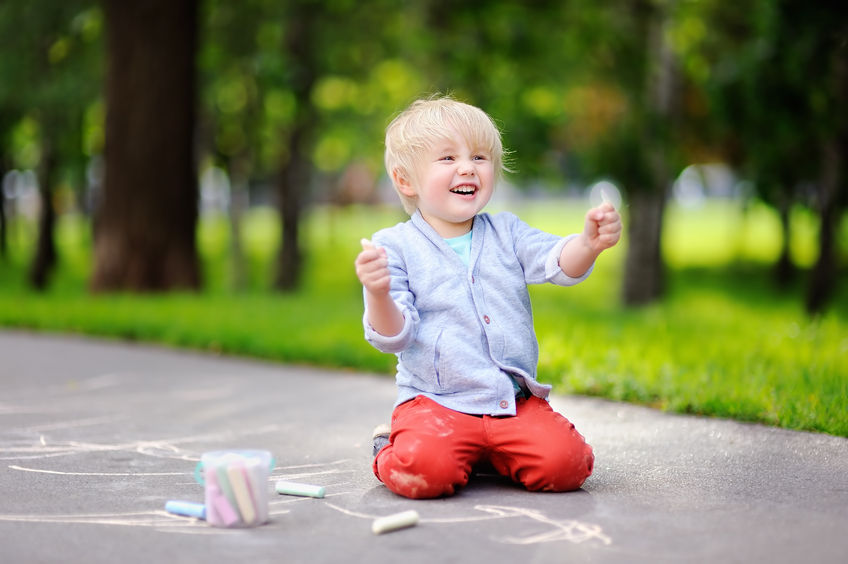
7. Large-scale creative projects
Take advantage of your outside space to work on a really big, collaborative, creative project. This could be a huge chalk drawing (eg a map of a town or a fantastical landscape), or perhaps a giant sculpture made from recycled materials stuck together and painted (eg a monster or a castle). If the project is likely to take a few days, wait for a good forecast!
8. Target games
There are lots of different kinds of target games you can set up outdoors, at little or no cost. Here are just a few ideas: build and knock down a tower of recycled tin cans; make hoops from paper plates to throw over objects or onto hooks; set up a bowling alley using recycled plastic bottles; toss beanbags into buckets or bowls; use water pistols to soak mounted foam targets.
The benefits of outdoor play for young children are manifold, and you can be sure that these activities will help keep your preschool children active, engaged, and enjoying the outdoors throughout the summer without straining your finances!


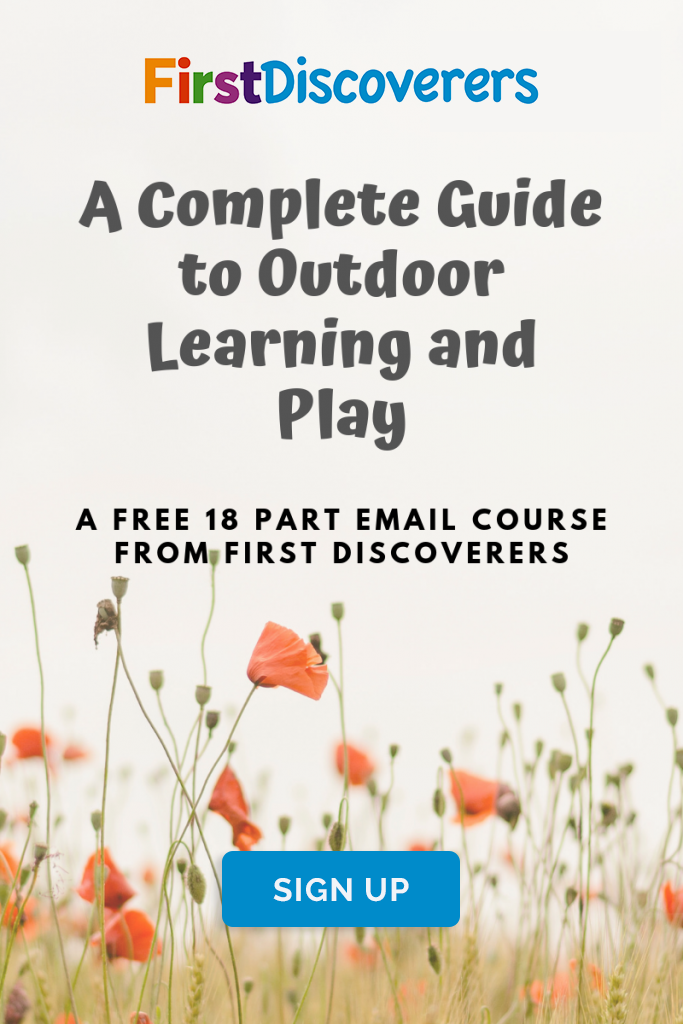
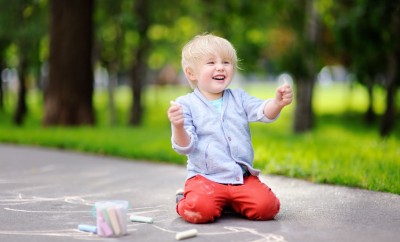
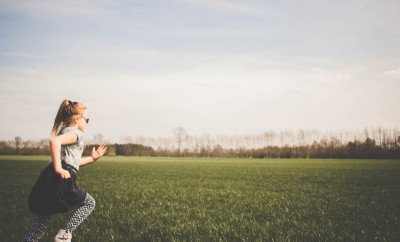


You must be logged in to post a comment Login